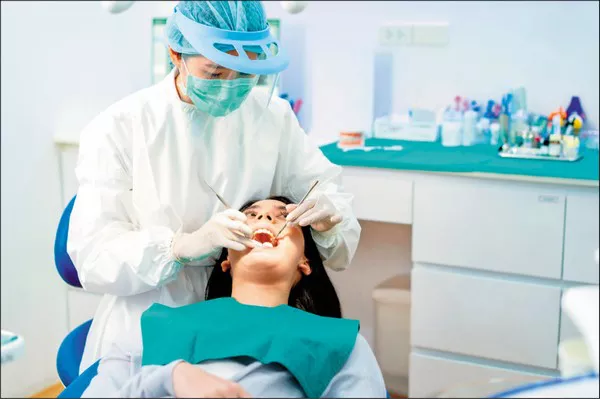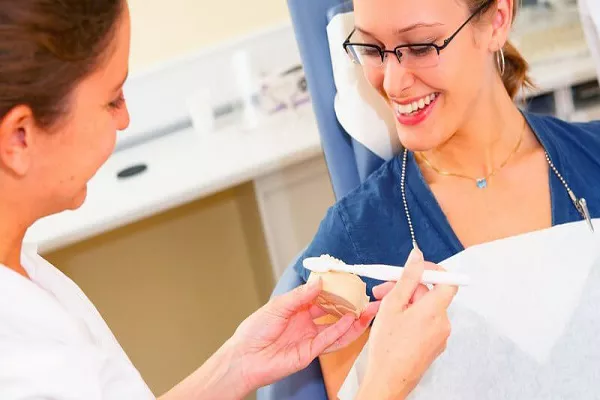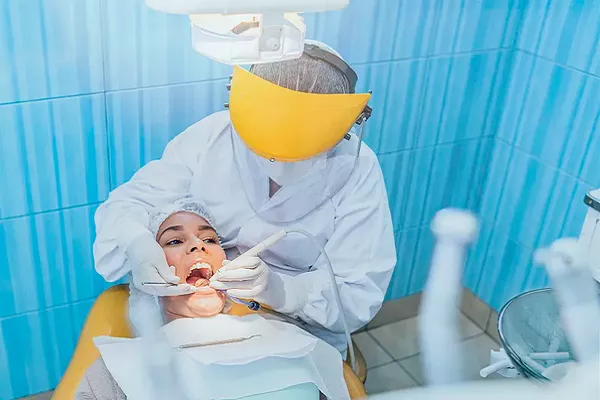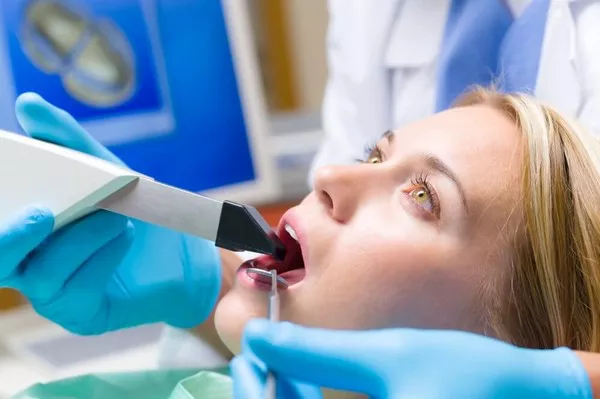The journey of recovering from wisdom teeth removal involves navigating a delicate balance between satisfying hunger and ensuring optimal healing. A common query that arises during this period is: When can you start chewing after wisdom teeth removal? In this comprehensive guide, we delve into the intricacies of post-operative dietary considerations and provide insights into the gradual reintroduction of chewing into your routine.
Understanding the Healing Process: A Brief Overview
Post-Operative Care: Wisdom teeth removal is a common dental procedure aimed at addressing issues such as impaction, crowding, or potential complications with oral health. After the surgery, adherence to post-operative care guidelines is crucial for a smooth recovery.
Initial Days of Soft Foods: In the immediate aftermath of the procedure, the focus is on consuming soft and cool foods to facilitate healing and reduce the risk of irritation or complications.
The Initial Days: Patience is Key
First 24-48 Hours: During this critical period, stick to a diet of soft and easily chewable foods. Avoid any attempts at chewing to prevent unnecessary strain on the surgical sites and minimize the risk of bleeding or discomfort.
Limiting Disruption to Healing: Chewing involves the use of the jaw muscles, which can potentially disrupt the initial stages of healing. It is advisable to err on the side of caution and refrain from chewing during the first few days.
Gradual Progression: The Art of Introducing Chewing
Consultation with Your Dentist: Before considering the resumption of chewing, consult with your dentist or oral surgeon. They will assess your healing progress and provide personalized recommendations based on your specific case.
Timeline for Resuming Chewing: In general, it is advisable to wait at least a week before gradually reintroducing chewing. However, individual healing experiences may vary, and it’s crucial to follow the guidance of your dental professional.
Indicators of Readiness: Signs to Look For
Decreased Swelling and Discomfort: As your healing progresses, you may notice a reduction in swelling and discomfort around the surgical sites. These are positive signs that your gums are on the path to recovery.
Absence of Bleeding: Before attempting to chew, ensure that there is no persistent bleeding during or after meals. If bleeding continues, it’s advisable to postpone the resumption of normal chewing.
Choosing the Right Foods: Gentle Transition to Chewing
Soft and Easy-to-Chew Foods: Begin by incorporating soft and easily chewable foods into your diet. Options like mashed potatoes, scrambled eggs, or yogurt can serve as a gentle reintroduction to chewing.
Avoiding Hard or Crunchy Foods: Steer clear of hard or crunchy foods initially. These can exert excessive pressure on the healing sites and impede the recovery process.
Maintaining Oral Hygiene: A Crucial Component
Gentle Cleaning Practices: Continue with diligent yet gentle oral hygiene practices. Brush your teeth carefully, avoiding the surgical sites, and use a mild, alcohol-free mouthwash as recommended by your dentist.
Regular Follow-ups: Attend follow-up appointments as scheduled. Your dentist can monitor your healing progress, address any concerns, and provide further guidance on when to fully resume normal chewing.
Conclusion: Gradual Return to Normalcy
In conclusion, the resumption of chewing after wisdom teeth removal is a gradual process that requires patience and careful consideration. The initial days necessitate a soft and gentle diet, allowing the surgical sites to heal without unnecessary strain. Consulting with your dentist, paying attention to signs of healing, and choosing appropriate foods for a gradual return to chewing are essential components of this journey. Remember, the key is to prioritize your oral health, listen to your body, and gradually reintegrate normal chewing into your routine for a smoother recovery experience.
What Causes Bad Breath After Wisdom Teeth Removal
Do You Brush Teeth After Wisdom Teeth Removal
Can I Use Mouthwash After Wisdom Teeth Removal































